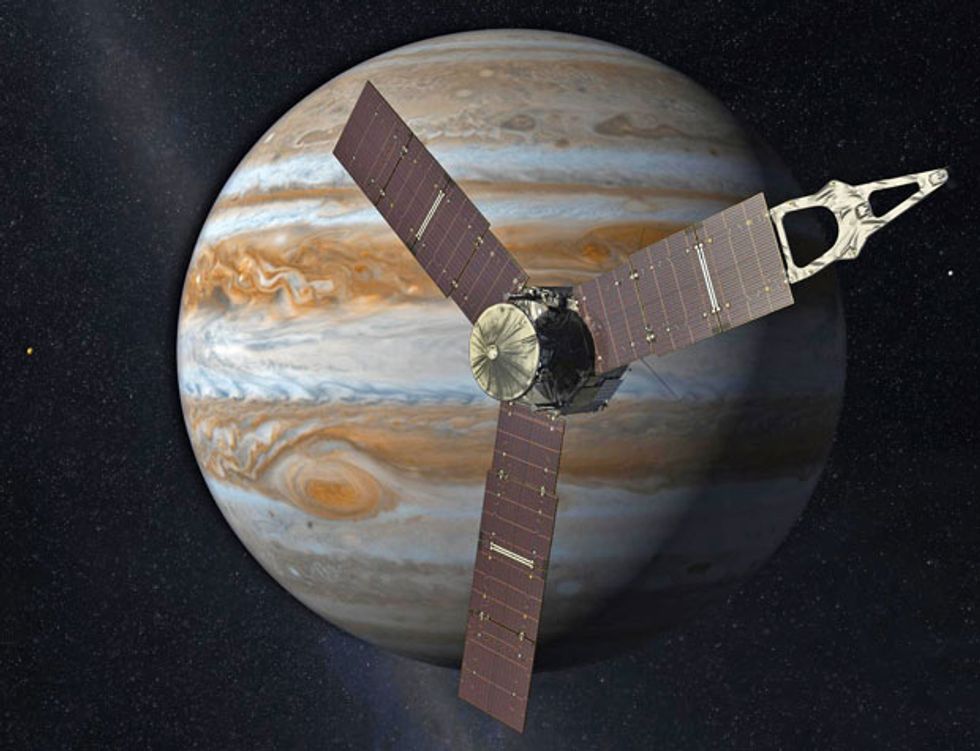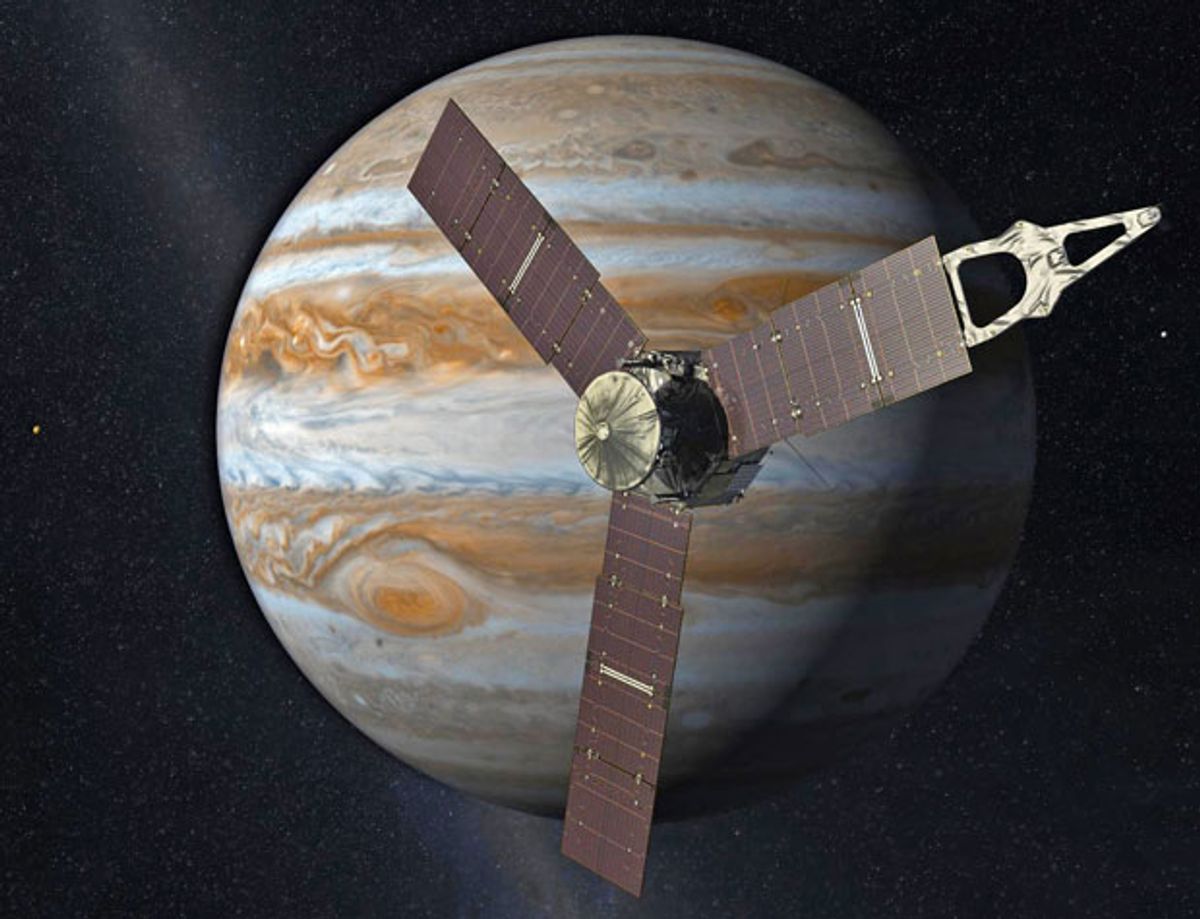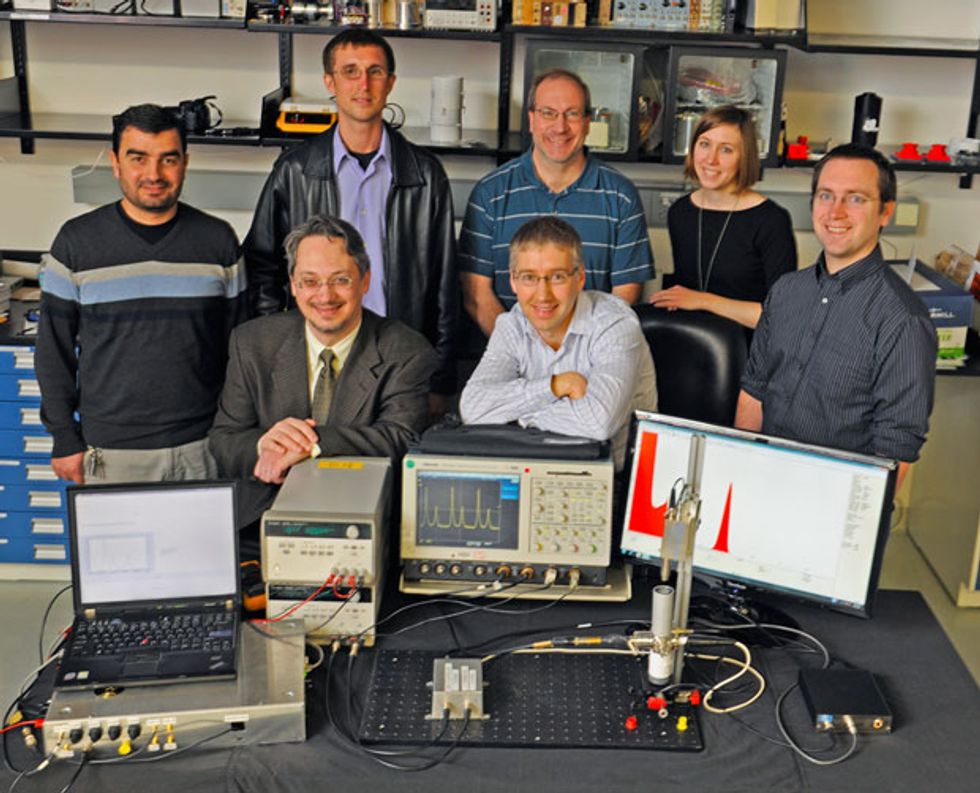
Humans have long used the light of stars to guide them toward their destinations. But in the age of extraterrestrial exploration, it could be the pulses of X-rays from dead stars that guide us through deep space. A NASA team recently built a critical system that will finally let them test such an “interplanetary GPS.” A version of the system could be installed on the International Space Station (ISS) as early as 2017.
Pulsar navigation “will allow our descendants to accurately and autonomously navigate not only throughout the solar system but beyond it as well,” says Jason Mitchell, an engineer at the Navigation and Mission Design branch of NASA’s Goddard Space Flight Center, in Maryland, who helped develop the system. “And maybe in the future, when we’re exploring space regularly, we won’t need to rely on a gigantic, Earth-based infrastructure.”
At present, space navigation relies primarily on a network of earthbound tracking stations. When a craft ventures into deep space, ground crews beam radio waves out to the craft, which are then retransmitted back. By measuring the round trip time and the Doppler shift of the signal, the crews can calculate the craft’s position. But the further away the craft wanders from our planet, the poorer this method’s resolution becomes. So it follows that if a space vehicle could calculate its own position independently and accurately, its navigational capabilities would improve by leaps and bounds.
The new system relies on a peculiar type of neutron star called a pulsar (a portmanteau of “pulsating star”), which is technically dead. This extremely dense celestial zombie has exhausted its supply of nuclear fuel, yet it still spins rapidly, emitting a powerful beam of electromagnetic radiation. As a result of this spinning, the radiation that appears on Earth resembles the light from a whirling lighthouse beacon, alternately glowing and fading. These regular pulses of light and darkness produce precise, stable intervals that range from milliseconds to seconds and, like the atomic clocks in GPS satellites, can be utilized for high-accuracy navigation.
The easiest way to understand the pulsar navigation method, researchers say, is to compare it to the global positioning system. The GPS is a U.S.-owned constellation of 24 satellites that send signals to equipment on the ground. The satellites transmit both their position and a very precise time; the receiver can use this plus the speed of light to figure its distance from a satellite. With that information from four or more satellites, a typical GPS receiver can figure out its location to within 15 meters.
A craft heading into space would carry a detector that, similarly to a GPS receiver, would accept X-rays from multiple pulsars and use them to resolve its location. These detectors—called XNAV receivers—would sense X-ray photons in the pulsars’ sweeping light. For each of four or more pulsars, the receiver would collect multiple X-ray photons and build a “light curve.” The peak in each light curve would be tagged with a precise time. The timing of these peaks with respect to one another would change as you traveled through the solar system, drawing nearer to the source of some and farther from others. From this pattern of peaks, the spacecraft could calculate its position.
In order to test the system, the NASA team built the Goddard X-ray Navigation Laboratory Testbed (GXNLT). Nicknamed the “pulsar-on-a-table,” it’s composed of pulsar-processing software and hardware, a modulated X-ray source, and a built-in detector. The test bed tries to mimic the combination of an interplanetary GPS and pulsars.
“We simulate the dynamics of a spacecraft in the computer, and we also simulate models of the pulsars based on how we set the trajectory of the spacecraft,” says Luke Winternitz, a navigation engineer at Goddard.
After feeding GXNLT a desired trajectory through space, the onboard computer looks up all the pulsars the imaginary spacecraft would encounter in flight. Then the test bed’s modulated X-ray source generates the X-ray photons these pulsars would emit, and the detector receives and time-stamps them. “The photons emitted by the modulated X-ray source have the orbital information coded in the arrival time,” explains Mitchell. The computer processes this information in real time and spits out an estimate of the spacecraft’s position, which scientists can compare against their projections. Currently, ground tests show that the navigation system will be accurate within 1 kilometer in low earth orbit, although the aim is to pare this down to hundreds of meters, even in deep space.
The NASA team is especially interested in testing a particular trajectory: the course of the ISS through space. By 2017, an instrument equipped with X-ray navigation technology is set to fly aboard the space station.
“On a computer, it’s easy to program in an orbit of the ISS, get your position as a function of time, and run a model,” says Paul Ray, an astrophysicist at the Naval Research Laboratory in the Space Science Division. “What the GXNLT does is move this a step closer to reality. Rather than having it simulate some measurement, it really makes the measurement. Then we’ll have high confidence that, when we put it on the space station, it’ll work as expected, and the software will be able to process the data and extract the navigation information.”
This article was updated on 17 June 2013.

